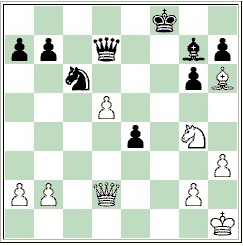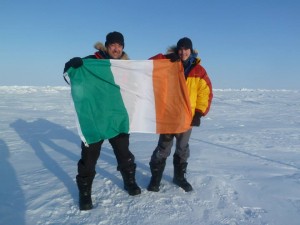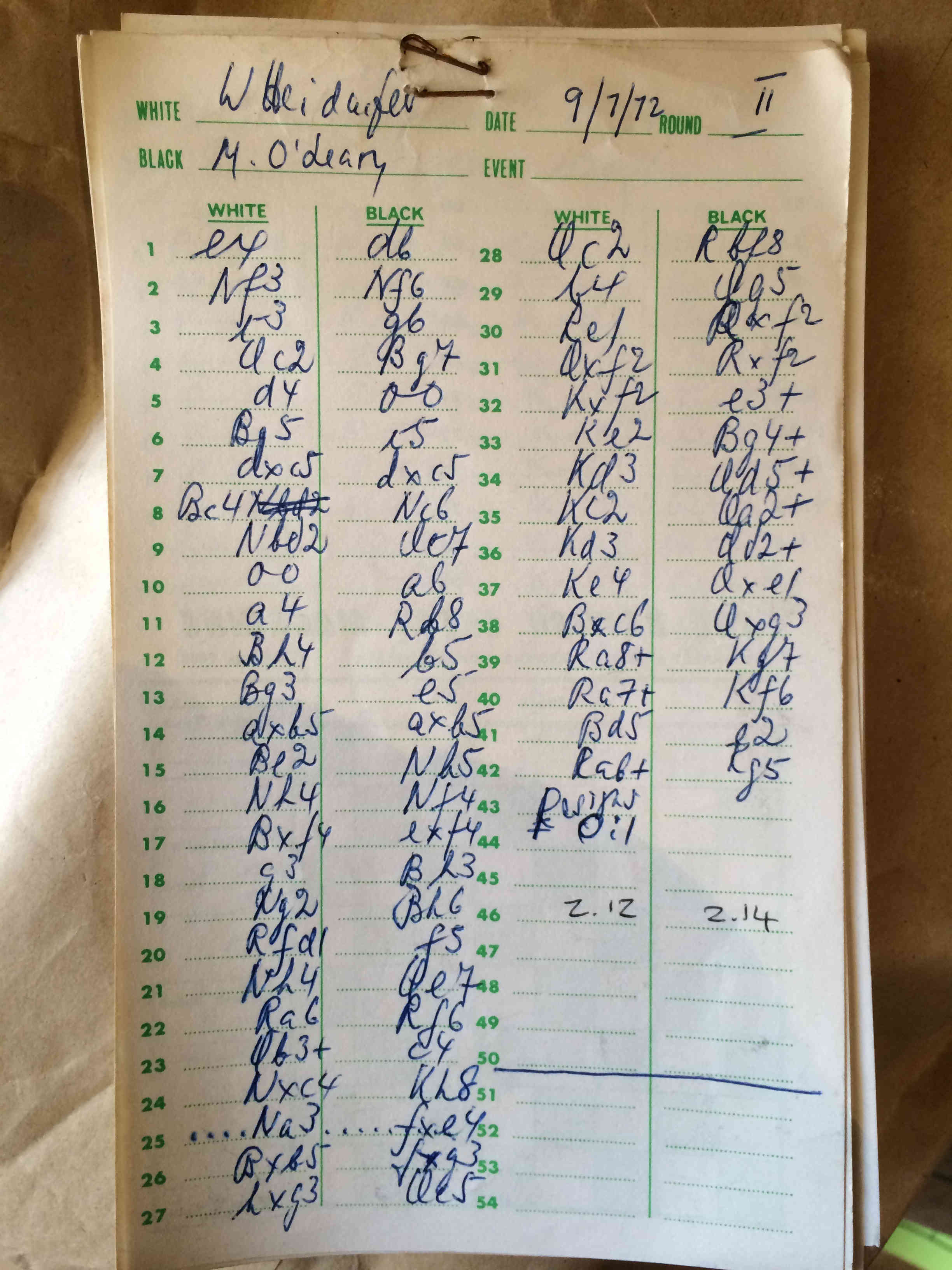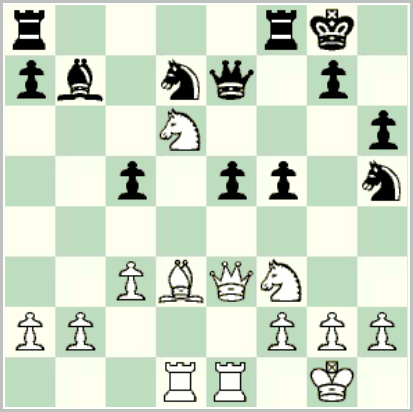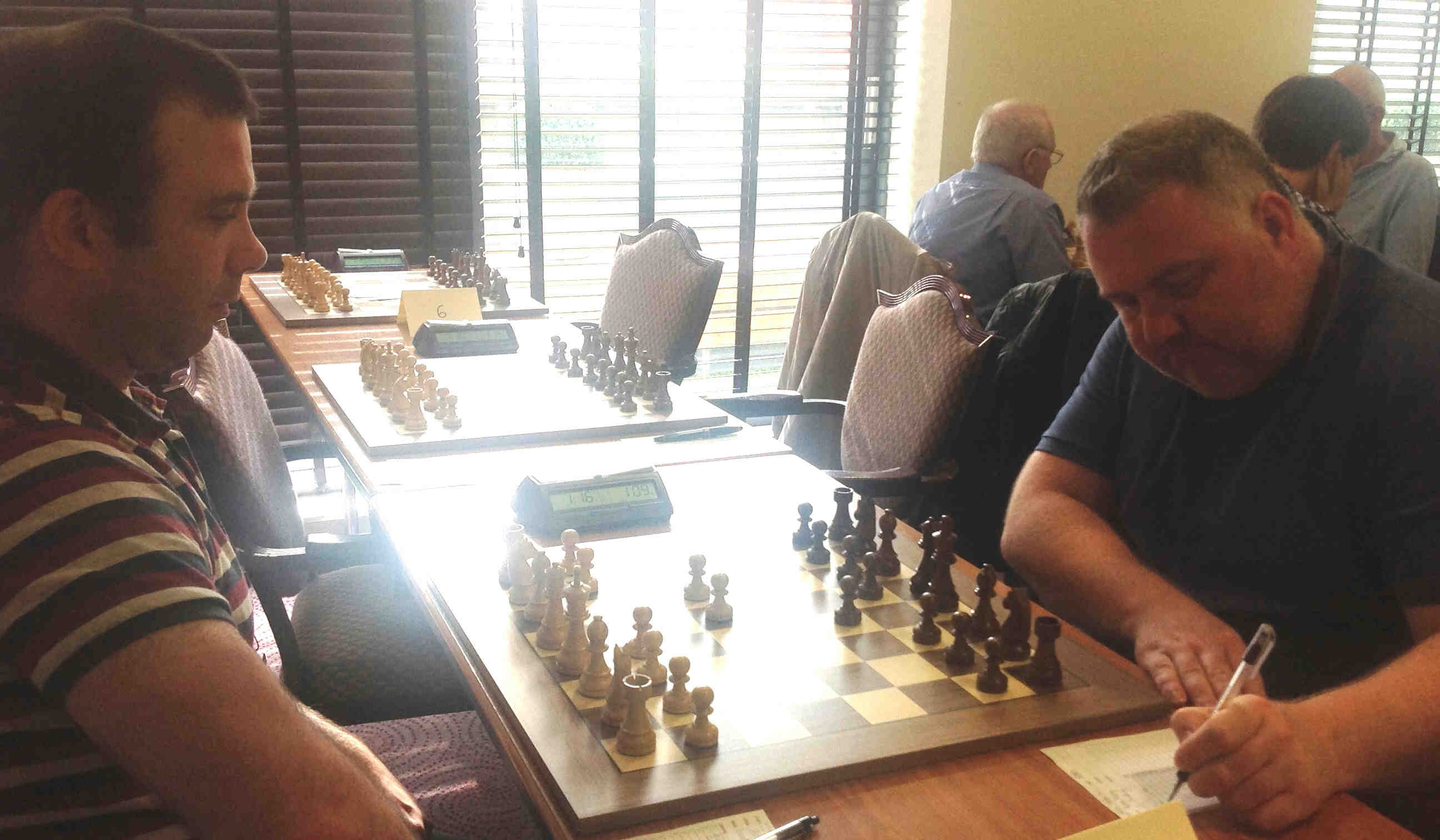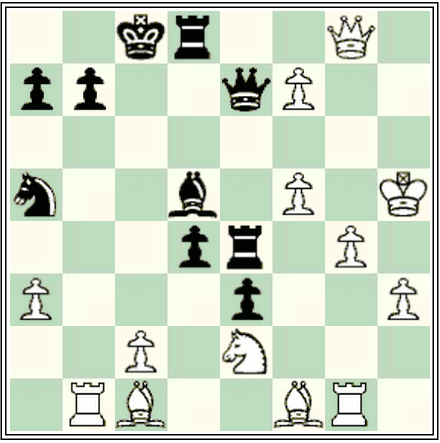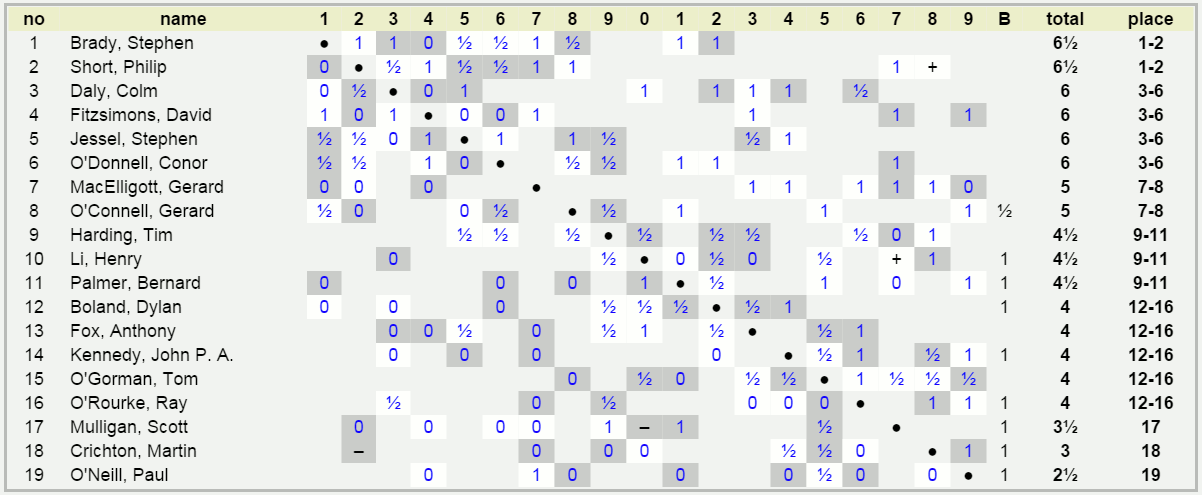The last post asked how it could be that the tie-break system placed Philip Short ahead of Stephen Brady. The tie-break system was Median Buchholz followed by Buchholz, i.e., just sums of opponent scores (with median dropping the highest and lowest). Stephen Brady had higher opponent scores, so he should win, right?
Not right, as it turns out. (Although some points are still murky.)
(Recall that in addition to playing each other and 6 opponents in common, Brady played Bernard Palmer and Dylan Boland, 4½ and 4 respectively, while Short played Scott Mulligan, 3½, and had a walkover against Martin Crichton, 3.)
The FIDE Handbook, Annex 3, Section F(b) lists some adjustments that should be made for unplayed games. Since July 1, 2012, two adjustments apply:
For tie-break purposes all unplayed games in which players are indirectly involved (results by forfeit of opponents) are considered to have been drawn.
and
For tie-break purposes a player who has no opponent will be considered as having played against a virtual opponent who has the same number of points at the beginning of the round and who draws in all the following rounds. For the round itself the result by forfeit will be considered as a normal result.
This is murky in some ways but it’s clear enough how Chess-Results.com is implementing it.
Applying the first rule, we have the following adjustments:
(i) all byes count as ½, so the scores of Palmer, Boland, and Mulligan are all reduced by ½ (since they had full-point byes);
(ii) Scott Mulligan’s default against Henry Li in the last round counts as ½ instead of 0, so his score goes back up by ½; and
(iii) Philip Short’s walkover against Martin Crichton in round 1 counts as ½. N.B.! More on this later.
Applying the second rule, since Martin Crichton defaulted in round 1, he is replaced for purposes of Philip Short’s Buchholz calculation by a virtual opponent who had the same score as Philip Short at the beginning of the round (i.e., 0), lost that game, and then drew all remaining games, i.e., finishing on 4 points.
So after these adjustments, Stephen Brady played Palmer (4) and Boland (3½), while Short played Crichton (4) and Mulligan (3½). So now it’s clearer why Short did not lose. But why did he win?
The full set of scores of Short’s opponents, after adjustments and in descending order, was: 6½, 6, 6, 6, 6, 5, 5, 4, 3½.
The full set of scores of Brady’s opponents, after adjustments and in descending order, was: 6, 6, 6, 6, 6, 5, 5, 4, 3½.
So for Median Buchholz, discarding highest and lowest and adding the rest, both have 38. But for Buchholz, adding all scores, Short has 48 and Brady has 47½. (Which matches the official results shown on Chess-Results.com.)
But note the source of the difference: the (adjusted) opponent scores are identical except for the highest score. Philip Short is credited with an opponent score of 6½, since he played Stephen Brady. But Stpehen Brady is credited with an opponent score of 6, since he played Philip Short, whose adjusted score (counting the walkover against Crichton as a draw) is only 6.
Is this not odd, peculiar, and unsatisfactory? Opponent scores are only being used in the first place as a proxy for opponent strength. Two players have tied for first and we are trying to determine which should be judged stronger, since they finished on equal scores. It makes no sense for the tie-break system to judge these two players as of unequal strength.
It would make far more sense to disregard games where the two players played each other. (In which case the tie-break would have gone to result of individual game, which Brady won.) But then how would three-way ties be handled?
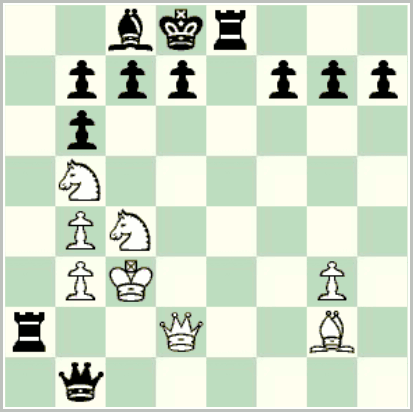 But it was not all grim. John McMorrow, fresh from his election as ICU Chair, recorded a spectacular win as Black against an FM in the first round. The final position, at right, tells its own story.
But it was not all grim. John McMorrow, fresh from his election as ICU Chair, recorded a spectacular win as Black against an FM in the first round. The final position, at right, tells its own story.
